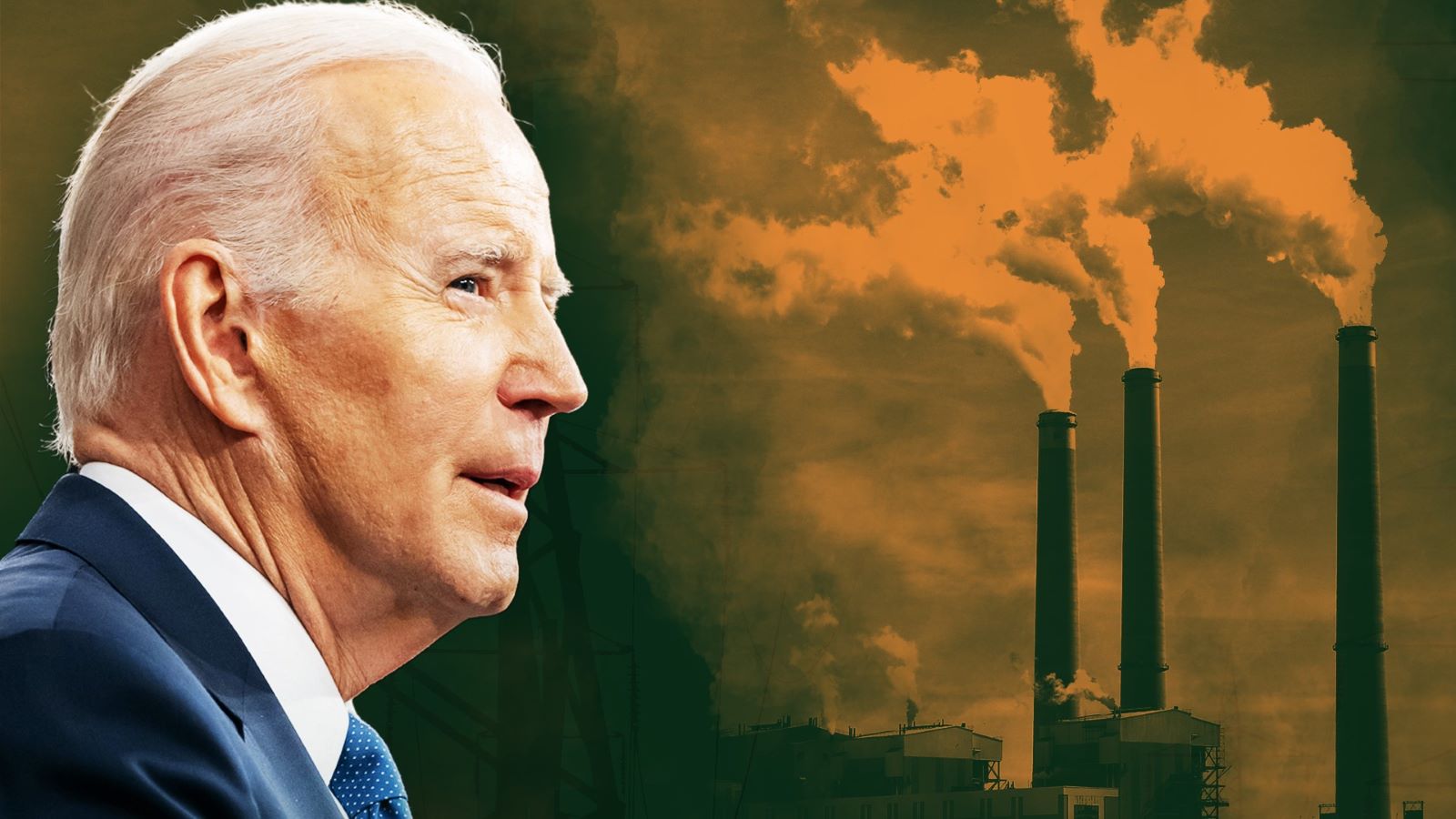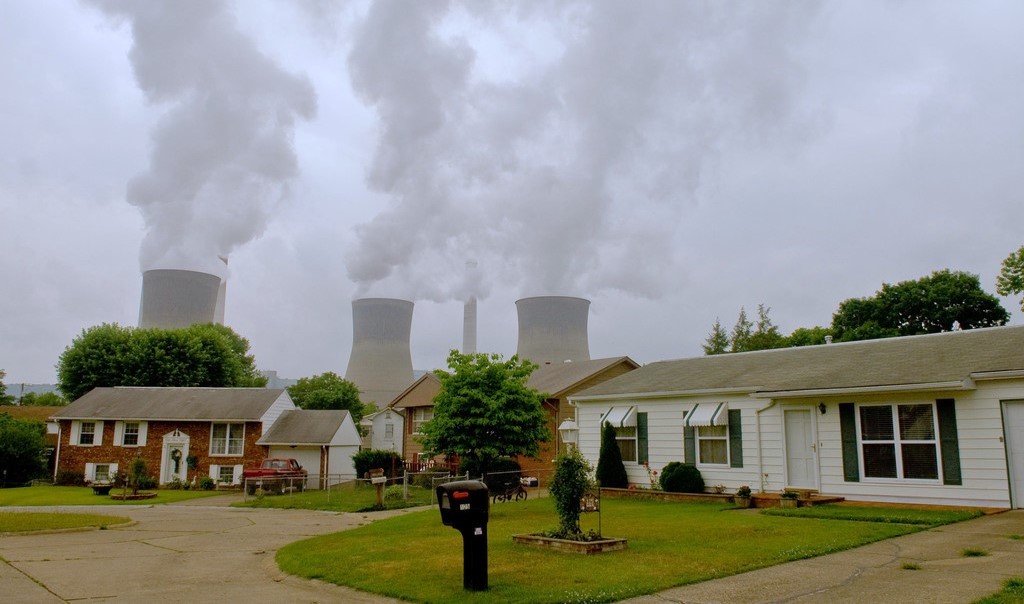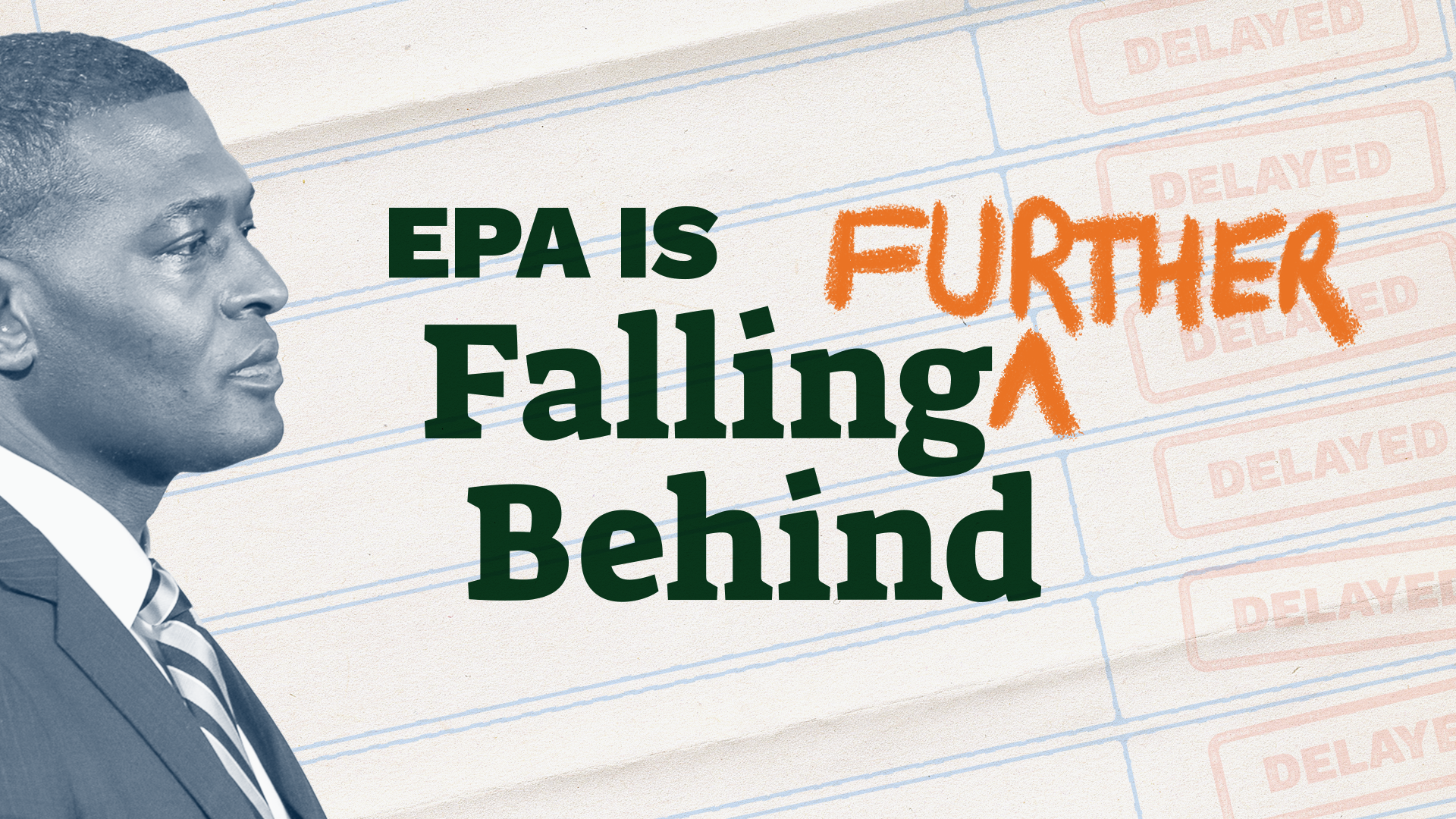Updated February 2024
Evergreen created the original EPA Report Card in October 2022, analyzing EPA’s progress on 10 key climate and air quality regulations for the power sector. At that time, EPA was noticeably falling behind on eight of these critical rules, all of which are instrumental in cutting pollution harming frontline communities and exacerbating the climate crisis. Since then, the report card has been updated in January 2023, March 2023, July 2023, and February 2024.
This latest version welcomes EPA’s progress in finalizing a strong soot standard, which will protect thousands of people from dangerous pollution. However, the administration still has urgent work ahead, as five of these rules are at risk of not being finalized within President Biden’s first term—including rules for power plant carbon pollution, mercury, toxic water pollution, and coal ash.
Most urgently, EPA must quickly strengthen and finalize its proposal to regulate carbon pollution from new and existing power plants before April of this year. Otherwise, the rules are at risk of being permanently overturned by the Congressional Review Act. We’re down to the wire, and EPA has no time to waste.
A year ago, Environmental Protection Agency (EPA) Administrator Michael Regan spoke at CERAWeek, an energy industry conference in Houston, Texas, where he unveiled a multi-pollutant power plant regulatory strategy—something Evergreen, NRDC, and other environmental groups have long been calling for.
This week marked the start of CERAWeek 2023—where Administrator Regan will once again be speaking. But a year in, there is much more we need to do to clean up pollution in the power sector during President Biden’s first term.
An analysis by Evergreen Action in January 2023 showed that EPA is falling behind on eight key climate change and air quality regulations for the power sector, with only two rules on track. To mark the anniversary of Regan’s announcement at CERAweek in 2022, Evergreen updated this analysis.
These delays mean there is now a huge amount of urgency to get strong rules proposed and finalized before the end of Biden’s first term—and with enough of a buffer to protect them from any Congressional Review Act threat.
As of today, EPA has an ambitious schedule to move eight rules in the next three months, seven of which you can help shape. In order to get the job done, EPA must stick to their schedule. And the agency must set the strongest rules possible.
Here are seven key power sector rules you can help shape in the months ahead:
Carbon Standards for New Power Plants 111(b) & Carbon Standards for Existing Power Plants 111(d)
In April, we expect proposals on the two most important rules for power plant carbon pollution. These rules would set carbon standards for new power plants, under Section 111(b) of the Clean Air Act, and carbon standards for existing power plants, under Section 111(d). These two carbon rules are likely the biggest remaining opportunities that President Biden has to reduce climate pollution in his first term. Air pollution from fossil fuel plants is harming the climate and our communities, and EPA must finalize ambitious 111(b) and 111(d) rules to meet President Biden’s promise of 100 percent carbon-free electricity by 2035.



